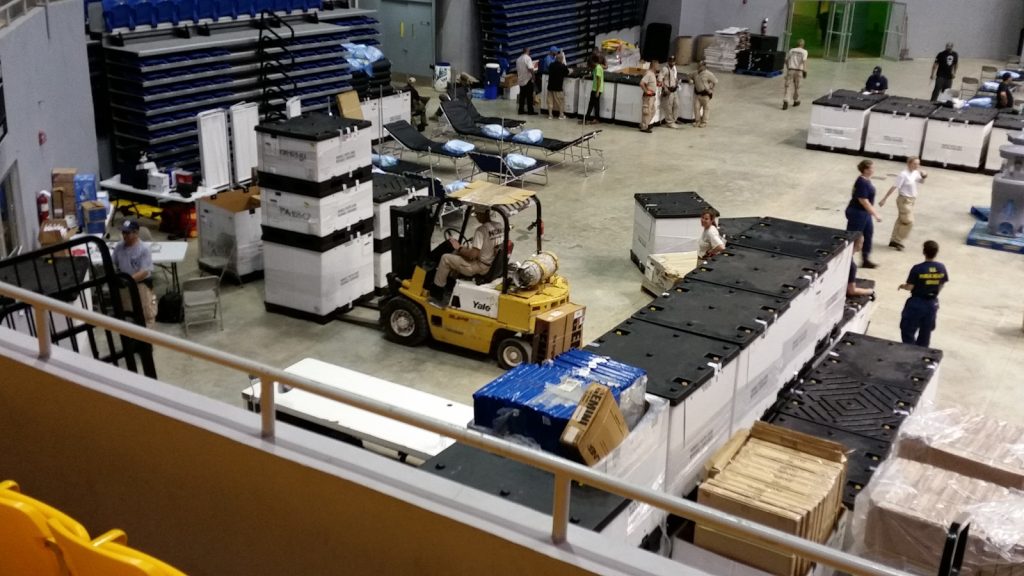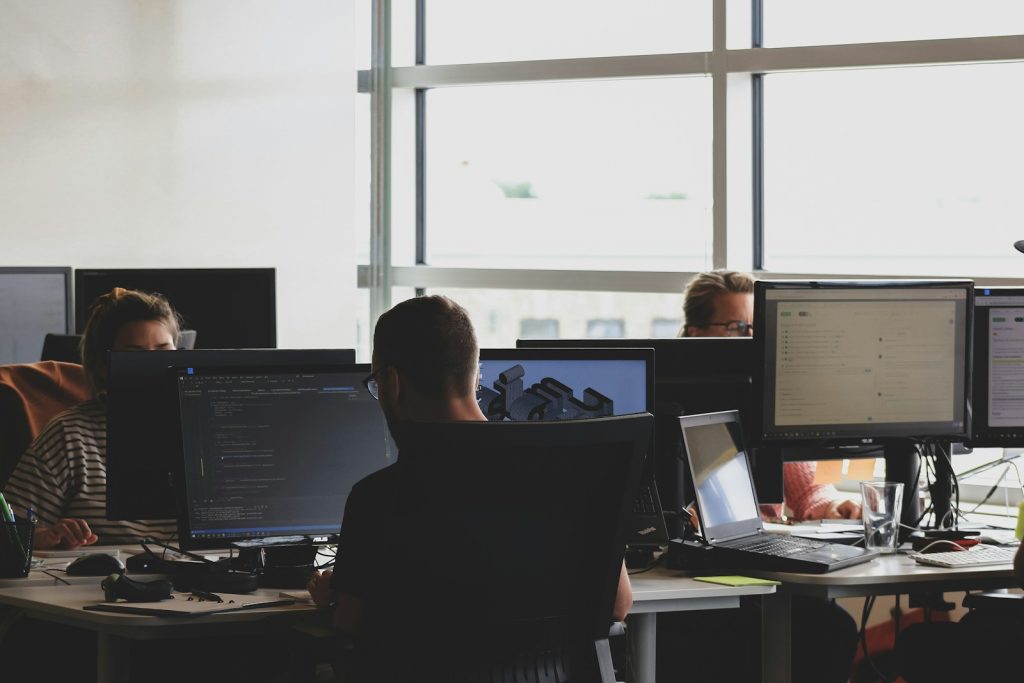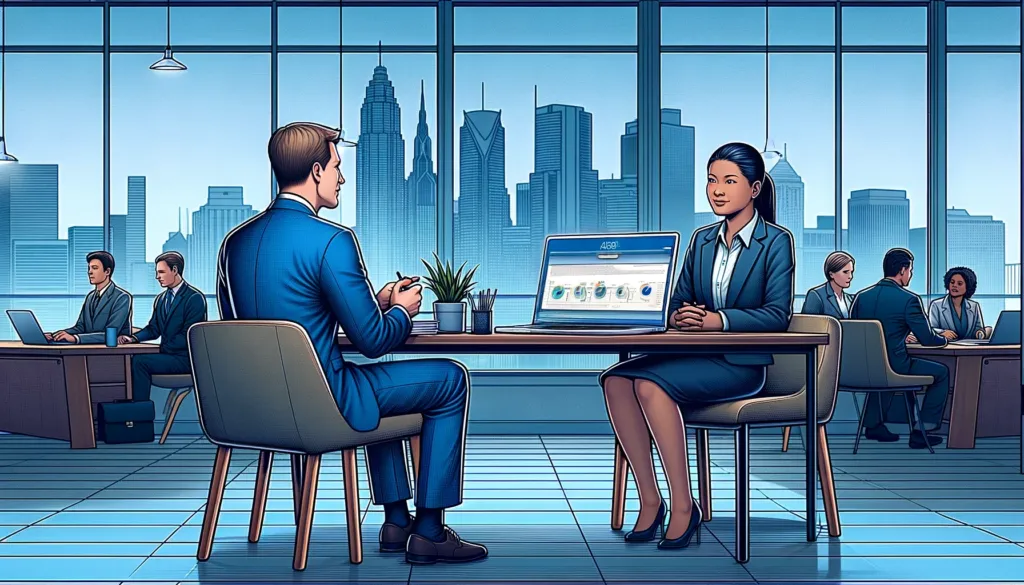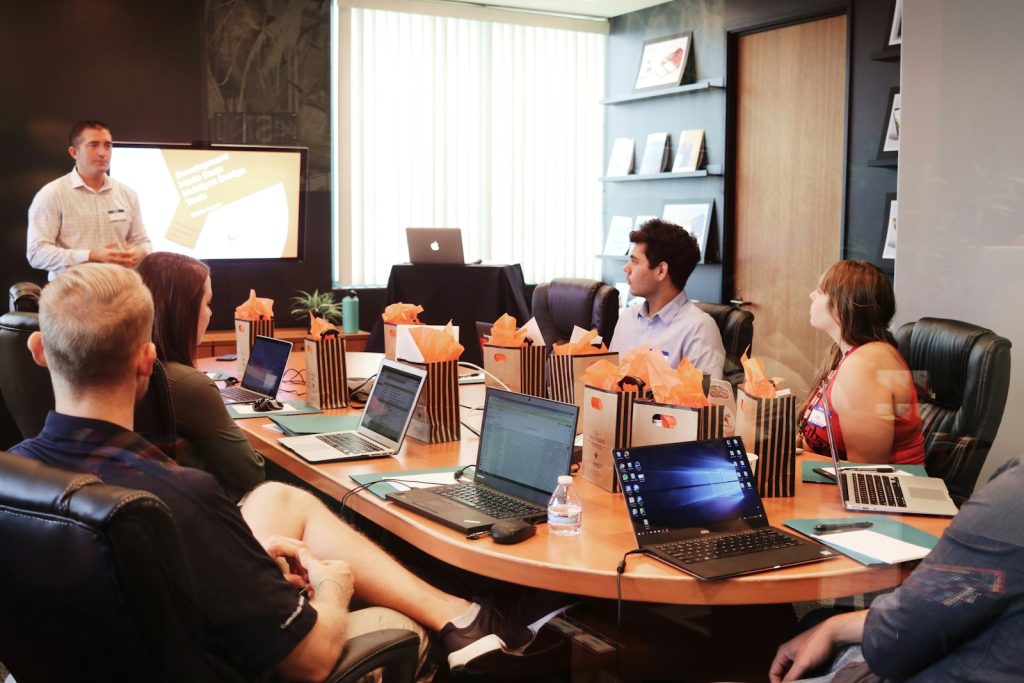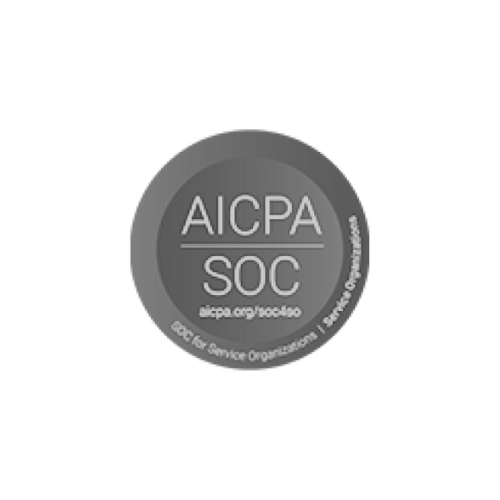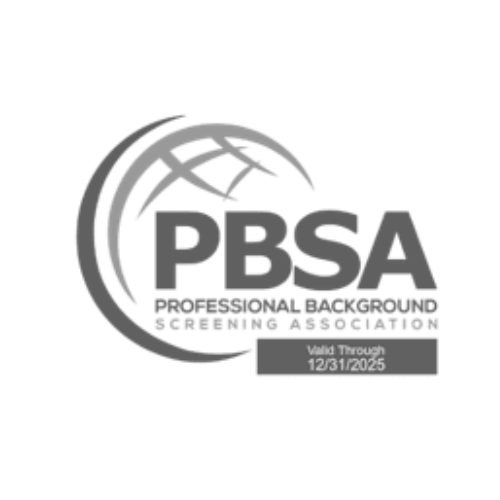Automation is transforming manufacturing — not as a future goal, but as a present reality. From smart robots on the assembly line to AI-driven inspection systems and real-time data dashboards, technology is replacing repetitive tasks and reshaping the shop floor.
For HR professionals in manufacturing, this shift presents both risk and opportunity. Many jobs are changing fast. Some are being phased out. Others are evolving into roles that require entirely different skills. As machines take over more tasks, the people who once performed them need new paths forward.
The challenge is clear: how do you support your workforce through this shift without slowing down operations or losing talent? That’s where smart, human-centred workforce planning comes in.
What’s Changing—and Why It Matters
Across manufacturing sites, work is becoming more digitised. Employees who once performed manual tasks are now expected to oversee automated systems, interpret data, and maintain equipment. This doesn’t mean their roles are less important—it means the expectations are changing.
For HR, this means rethinking job descriptions, reskilling priorities, and internal mobility paths. It also means helping employees understand how their careers can grow, even as their day-to-day responsibilities shift.
When these changes are handled well, the result is a workforce that’s more adaptable, engaged, and ready to take on what’s next.
Where Workforce Shifts Can Create Uncertainty
Not every transition is smooth. When roles evolve without clear communication or support, employees can feel uncertain about where they stand.
It’s common to see scenarios like:
- Operators unsure of their responsibilities after a task is automated
- Long-time team members struggling with unfamiliar digital systems
- Quality roles shifting from hands-on checks to screen-based monitoring
- Teams becoming uneven—as some adapt faster than others
These aren’t signs of resistance—they’re signs of a need for better guidance and structure. And that’s where HR can have the most impact.
How HR Can Lead the Transition
1. Map Current and Future Roles
Start by identifying what’s changing. Which tasks are being automated? What new tools or processes are being introduced? And most importantly—what roles will look different six months or a year from now?
A role map helps you:
- Pinpoint potential skill gaps
- Forecast hiring and training needs
- Prioritise where support is needed first
It also gives clarity to managers and employees about what to expect.
2. Focus on Transferable Skills
The good news is: you likely already have talent with the ability to adapt. What they may lack in technical training, they often make up for in experience, process knowledge, and reliability.
Look at what people already bring to the table:
- Attention to detail
- Operational understanding
- Team leadership
- Problem-solving in real time
These are qualities that translate well into new tech-enabled roles.
3. Design Reskilling Around Real Roles and Daily Tasks
Not every employee needs to go through a long training program. In fact, many benefit more from short, role-specific learning that’s delivered close to the work itself.
Some effective ways to upskill your workforce include:
- Peer-led sessions on how to use new tools or software
- Job shadowing or buddy systems
- Microlearning modules accessible during slow periods
- Equipment-specific demos with vendor or supervisor support
The goal is confidence—not technical perfection. When employees understand how the new process works and how to contribute, they engage more fully.
4. Communicate Early—and Keep the Conversation Going
One of the biggest challenges in any workplace transition is a lack of clear communication. People want to know what’s happening, how it affects them, and what’s expected.
Here’s what good communication looks like:
- Clear updates on when new systems or tools are rolling out
- Honest conversations about role changes—before they happen
- Opportunities for employees to ask questions and share concerns
- Visibility into available support or learning opportunities
This is not a one-time announcement—it’s an ongoing dialogue. When employees feel included, they’re far more likely to embrace change rather than fear it.
5. Make New Roles Visible and Attainable
As new responsibilities emerge—such as system monitoring, equipment diagnostics, or process analytics—it’s important that employees can see a path toward these roles.
Define and share:
- What the new positions involve
- What skills or experience are required
- How current employees can grow into them
This isn’t just about staffing. It’s about building loyalty and internal mobility by showing people they still have a future in the company—even as the work evolves.
6. Track Progress and Stay Flexible
Once your transition is underway, check how things are going. Are employees engaging with training? Are managers seeing smoother adaptation? Do teams feel supported?
Use feedback and measurable outcomes to adjust your strategy where needed. That flexibility—paired with consistent support—helps your HR team lead with confidence through every stage of change.
Final Thoughts: People Power the Machines
As manufacturing technology evolves, it’s easy to focus on the hardware and systems driving efficiency. But behind every successful operation is a workforce that knows how to work with those systems—not against them.
For HR professionals, the opportunity is clear: prepare the workforce to adapt, grow, and succeed in an environment that looks different from before, but still relies on people at every step.
With smart planning, open communication, and practical learning, the machine age doesn’t have to be overwhelming. It can be a turning point—for better engagement, stronger teams, and a more agile workforce that’s ready for what’s next.
